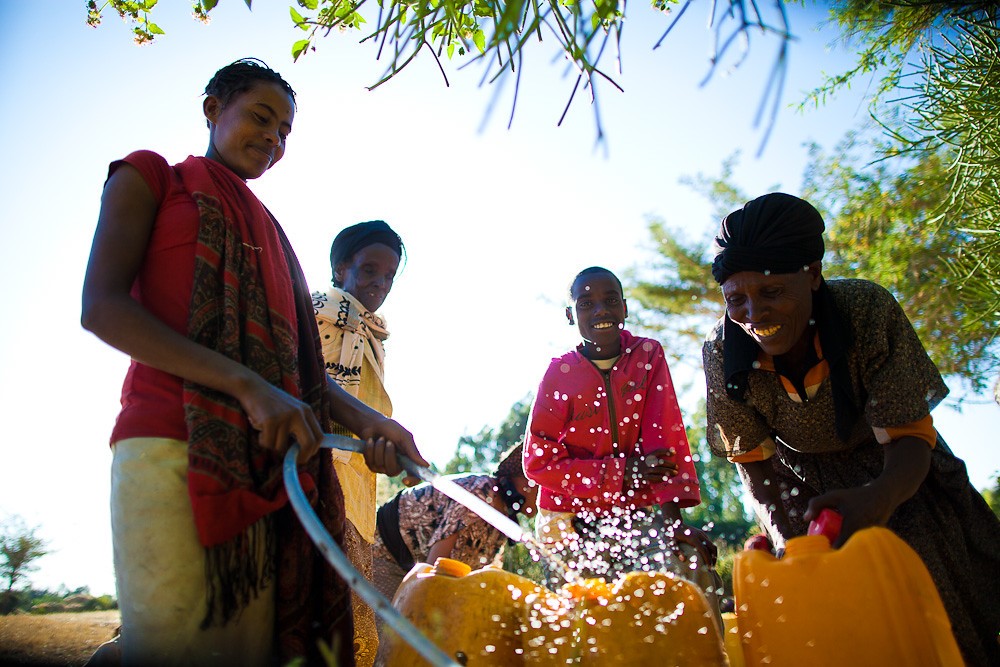
Around 844 million people in the world do not have access to clean water. The lack of access to clean water affects all aspects of life from drinking to agriculture and hygiene. Furthermore, the lack of clean water perpetuates gender inequality and traps communities in poverty. However, the world has made significant progress. Between 1990 and 2015, the percent of the world’s population with access to clean water rose from 76 percent to 91 percent. That means that millions of people have felt the benefits. Here are six ways that access to clean water changes lives.
6 Ways Clean Water Changes Lives
- Improved Sanitation: Around 2.4 billion people worldwide do not have access to toilets or basic sanitation. In Sub-Saharan Africa, just 24 percent of people in rural areas have access to a modern toilet. With no running water, villagers must go out into isolated fields in order to find privacy, leaving women and girls especially at risk of attack. A lack of bathrooms also means that girls often miss school while they are menstruating. When communities gain access to improved sanitation systems, quality of life improves, women and girls are safer and girls are more likely to go to school consistently.
- Improved Health: Currently, 80 percent of illnesses in developing nations are related to contaminated water and poor sanitation. This particularly affects children due to their weak immune systems. One-fifth of all deaths which occur under the age of 5 are from water-borne illnesses. When children are sick, they cannot go to school and often another family member has to miss work to take care of them. When people are healthy, children can go to school and adults can have steady employment, leading to continued economic development. The elimination of deaths from water-related illnesses alone would lead to an added $18.5 billion in economic gains for affected countries. Families also save money on health care costs with the elimination of water-borne illnesses.
- Increased Gender Equality: Eighty percent of the time, women and girls are responsible for collecting water when it is not available at home. Worldwide, women collectively spend 200 million hours daily collecting water, sometimes walking six kilometers a day. This means they have little time to work, go to school and take care of their families. The long walks also leave women vulnerable to assault and rape. Additionally, the long journey and heavy loads can be dangerous for pregnant women. Access to clean water at home increases the educational and economic opportunities available to women and girls. With increased water access, women could have time to work or even start small businesses. Additionally, girls could go to school, which would have a life-long impact. In fact, for every year a girl spends in school, she increases her anticipated income as an adult by 15 to 20 percent.
- Education: Walking to fetch water can take hours every day. Children, particularly girls, are often responsible for doing it. Access to clean water changes lives because when children no longer have to spend most of their day fetching water, they are free to go to school. Drinking dirty water can also cause students to fall behind in their studies as they deal with the symptoms of water-borne illnesses. Education generally becomes a low priority as people struggle to survive. With clean water at home, children can stay in school and build better futures for themselves.
- Food Security: Without clean water, it is difficult to grow crops and prepare food. While one might think of water mostly as something to drink, worldwide, people use 70 percent of water resources in agriculture. Eighty-four percent of people who are without modern water systems also live in rural areas, where many rely on subsistence agriculture. Improvements in water management lead to increased agricultural production and allow community members to start small gardens to grow food to eat or sell.
- Escaping Poverty: When people no longer have to spend a significant portion of their days fetching water, children have time to go to school and adults can work and learn trades. When people no longer get sick from water-borne illnesses, they can go to school and work uninterrupted. Clean water also allows people to grow more food and practice better sanitation. Access to clean water has a proven position impact on development. The World Health Organization estimates that every dollar that people invest in water and sanitation brings an economic return of between $3 and $34. The U.N. estimated that in sub-Saharan Africa alone, people spend 40 billion hours a year retrieving water. In fact, the world loses $260 billion of potential income each year due to a need to find water.
Many groups succeded in bringing clean water to communities and showing how access to clean water changes lives. For instance, Water.org helped more than 21 million people gain access to clean water through small loans. Millions worldwide spend more than 20 percent of their income on water, as a lack of clean water at home means they must go to a water merchant or pay exorbitant rates to have someone install plumbing. Giving people small loans allows them to quickly pay for plumbing, which eliminates costs in the future.
The Water Project addresses the water crisis by directly donating clean water sources. This organization builds and repairs wells, installs rain catchment tanks and constructs sand dams to improve irrigation. So far, the Water Project has helped close to 500,000 people gain access to clean water for drinking and agriculture.
The World Bank, UNICEF and the World Health Organization determined that providing basic water and sanitation infrastructure to those that need them would cost $28.4 billion a year for 15 years. Right now, the U.S. spends around $600 million on the military each year. A readjustment of federal priorities, taking into account the ripple effects which clean water has on communities, could make a drastic difference for the world’s poor.
– Clarissa Cooney
Photo: Flickr
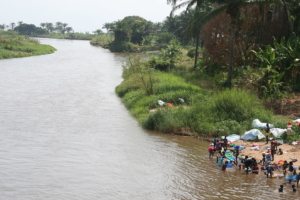
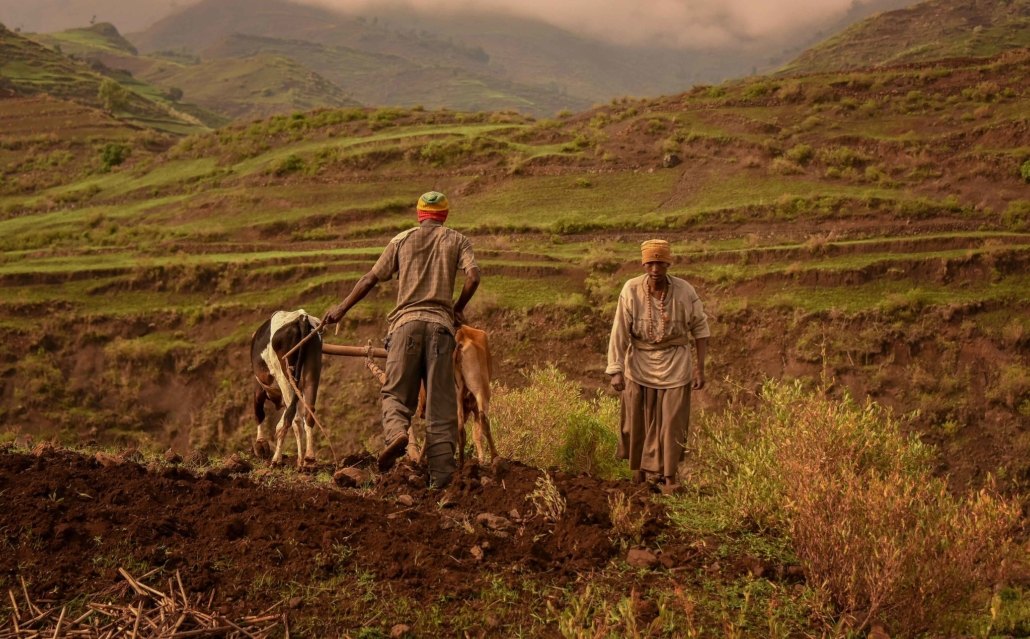
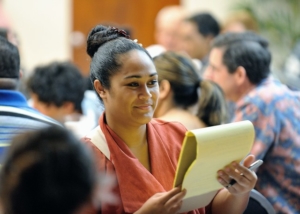
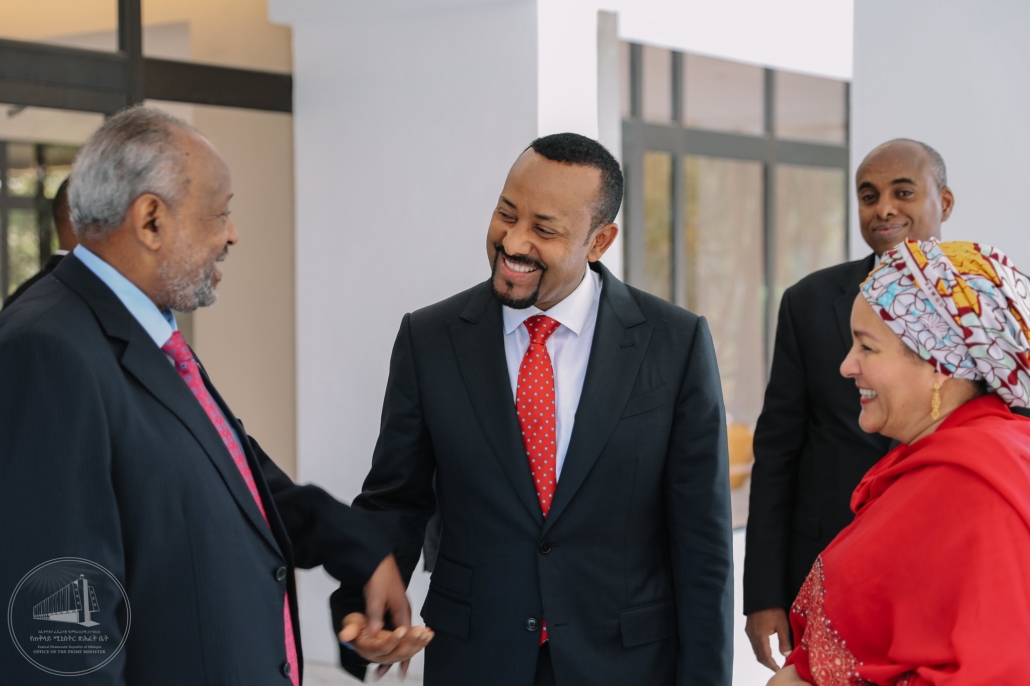

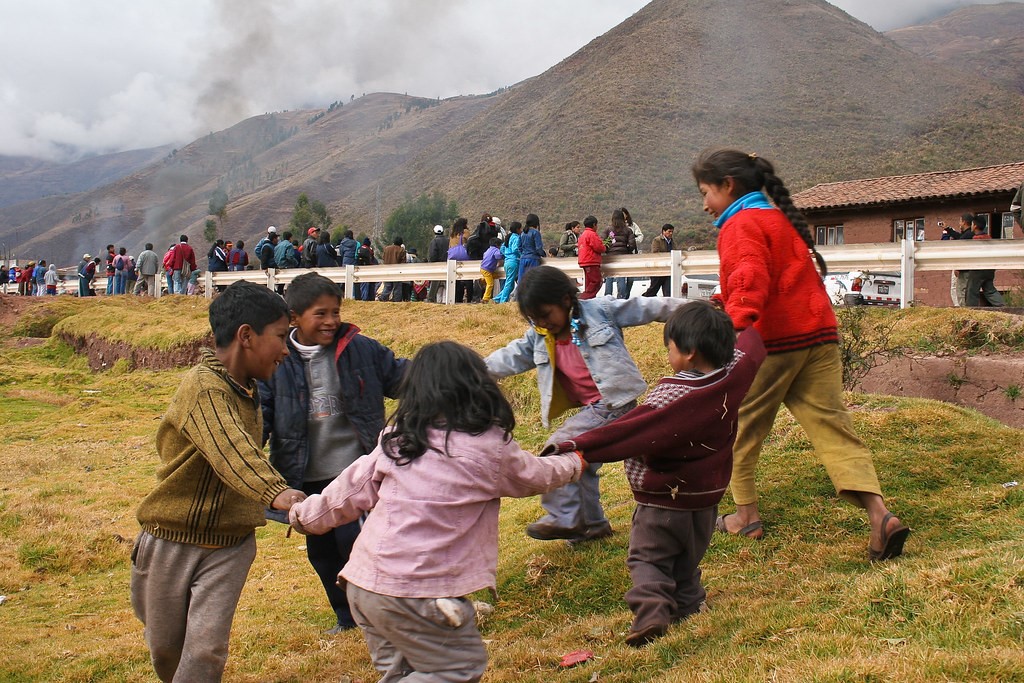
 Economic development does not occur in isolation, and neither does the end of extreme poverty. Instead of working individually, African nations are uniting to find ways to improve Africa’s economy and lower poverty rates. Their latest attempt involves the deployment of the African Union Passport, which allows African citizens to travel freely throughout the continent.
Economic development does not occur in isolation, and neither does the end of extreme poverty. Instead of working individually, African nations are uniting to find ways to improve Africa’s economy and lower poverty rates. Their latest attempt involves the deployment of the African Union Passport, which allows African citizens to travel freely throughout the continent.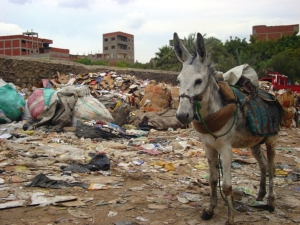 Cairo, a city of roughly 20 million people, produces
Cairo, a city of roughly 20 million people, produces 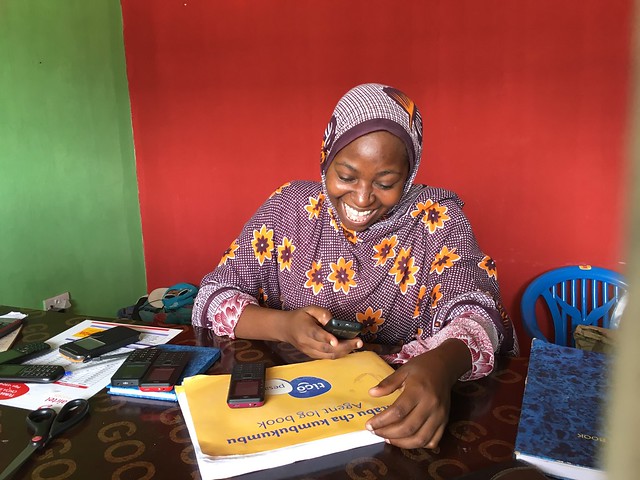 In 2018, 1.7 billion adults worldwide, nearly 1 adult out of 3, still live without basic financial transaction accounts.
In 2018, 1.7 billion adults worldwide, nearly 1 adult out of 3, still live without basic financial transaction accounts.